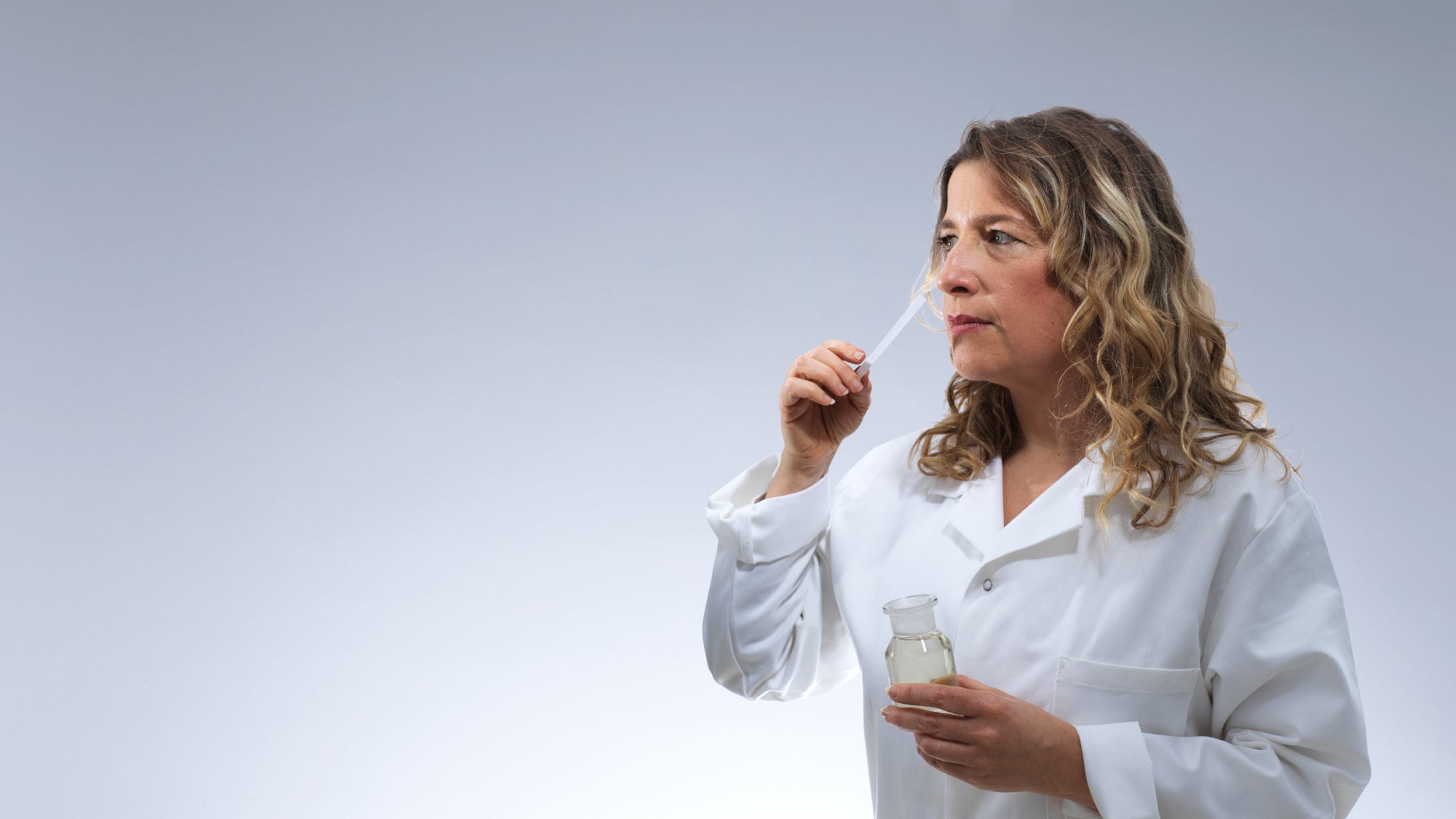
HOW IS GIN MADE ?
All Gin starts life as a neutral, most often grain-based, Spirit (see Vodka below!). It is essentially pure ethanol, and then 'flavours' are added through a process called re-distillation.
There are many different methods of distillation, each of which can be used to create different flavours of Gin. The two most common forms for extracting flavours from botanicals are:
-
1. THE ART OF STEEPING
This traditional method is when the base Spirit is placed in a pot still (a vessel which holds the liquid and can be heated), along with the juniper berries and other botanicals. These can be steeped for as long as 48 hours, although some producers will distil the liquid almost immediately. Once completed, water is added to reduce the distillate to bottling strength.
-
2. VAPOUR INFUSION
During this process, the botanicals never come into direct contact with the neutral base Spirit. Instead, they’re placed in a basket and put in the still above the base Spirit. The boiling of this leads to evaporation and a ‘steam’ and rises up and infuses with the botanicals. The infused vapour then condenses into a liquid, and finally, water is added to reduce the alcohol to its bottled strength.
These methods can also be combined - while some botanicals are steeped, others will be placed at the top of the still to infuse the vapours. One famous example of this is Hendricks Gin which uses two separate stills (one for steeping botanicals for 24 hours before boiling, and one for vapour infusion of different botanicals) and then combines the distillates for the final blend, along with the addition of its well-recognised.
What are new Gin production methods?
At our distillery, Comte de Grasse, we wanted to push the category and find a niche where we have combined modern distilling methods with the highly specific extraction techniques of the perfume industry: WE CREATED GIN. THEN WE ELEVATED IT.



There’s only one way to begin for us: ultra-sonic maceration. A low energy technique – good in spirit fabrication – where microscopic bubbles are made to form in the liquid containing our botanicals. They implode and explode, creating near-imperceptible shockwaves able to de-structure plant cells. A high extraction over the shortest time is optimal to get the best out of each botanical. The scientific word for this for those who like to know: cavitation.
This is when rotary vacuum distillation comes in, a vacuum creates a lower boiling point for the ethanol, which in a pot still would be somewhere around 85 - 95 degrees centigrade. The lower temperature means that the botanicals are essentially cooked less than they would be in a normal still. Vacuum distillation is indispensable as it further extracts aromatic compounds from the macerate while still concentrating the alcohol level. We make sure it happens at a very low temperature and pressure to preserve the fragile flavour molecules that we want to retain at all costs.
Then we create magic: C02 Supercritical Extraction. In simple terms, we pump a high-pressure plasma of CO2, at a specific temperature and pressure adapted to each botanical in order to extract targeted flavours without damaging the molecule. This is then layered onto the vacuum distillate to create the exact flavour profile we are after.
By combining modern distilling methods with traditional perfuming extraction techniques, we arrive at a pretty spectacular end result.
So that’s the 44ºN guide to all things Gin, hopefully you are now salivating away thinking about your next G&T. Naturally we would recommend 44ºN but all gin tastes good, doesn’t it?
SANTÉ!

